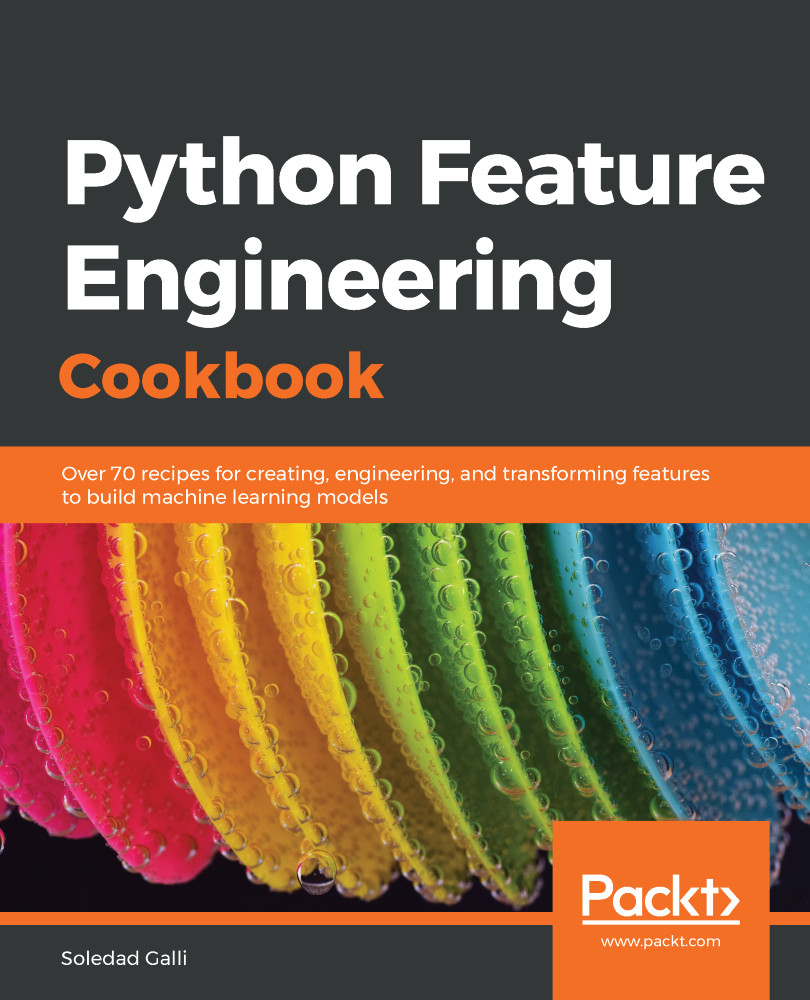Missing data refers to the absence of values for certain observations and is an unavoidable problem in most data sources. Scikit-learn does not support missing values as input, so we need to remove observations with missing data or transform them into permitted values. The act of replacing missing data with statistical estimates of missing values is called imputation. The goal of any imputation technique is to produce a complete dataset that can be used to train machine learning models. There are multiple imputation techniques we can apply to our data. The choice of imputation technique we use will depend on whether the data is missing at random, the number of missing values, and the machine learning model we intend to use. In this chapter, we will discuss several missing data imputation techniques.
This chapter...


